
Available 24/7
Available 24/7

The Peace Lily, scientifically known as *Spathiphyllum*, is one of the most popular indoor plants. Known for its elegance and air-purifying abilities, the Peace Lily has a special place in homes and offices alike. 🌱
It’s a low-maintenance plant that not only adds beauty to your space but also provides numerous health benefits. Let’s dive into everything you need to know about Peace Lilies, from their benefits to care, propagation, and how to make them bloom beautifully. 🌸
Peace Lilies are appreciated for their glossy, dark green leaves and stunning white flowers, which are technically bracts (modified leaves), not actual flowers. These plants are ideal for beginners due to their easy care and resilience. Let's take a closer look at why Peace Lilies are the ultimate houseplant. 🌿
1.1. Air Purification 🌬️
One of the most remarkable benefits of the Peace Lily is its ability to purify the air. According to a NASA study, Peace Lilies can remove harmful toxins like benzene, xylene, carbon monoxide, and formaldehyde from indoor air. 🌍
These toxins are commonly found in household products such as cleaning agents, paints, and furniture, contributing to indoor air pollution. Peace Lilies help cleanse the air, making it safer to breathe by absorbing these harmful substances.
Additionally, they also add moisture to the air, improving humidity levels, which is especially beneficial during dry seasons. 💧
1.2. Low-Maintenance Plant 🌿
Another reason why Peace Lilies are so popular is their low-maintenance nature. 🏡 These plants are incredibly forgiving and can thrive with minimal attention. Peace Lilies only need indirect light, and they can even survive in low-light conditions, making them perfect for rooms with limited sunlight.
They also require minimal watering—just enough to keep the soil moist. Overwatering is one of the few mistakes that can harm a Peace Lily, so it’s important to let the soil dry out a bit between waterings. 🌞
1.3. Safe for Pets 🐾
Peace Lilies are non-toxic to pets, making them a great choice for households with animals. 🐶🐱 However, it’s important to note that they contain calcium oxalates, which can cause mild irritation in pets if consumed.
Though not dangerous, ingesting parts of the plant may lead to a burning sensation in the mouth or throat. Fortunately, this doesn’t mean that Peace Lilies are unsafe for pet owners to keep indoors. 🌿
1.4. Aesthetic Appeal 🌸
Peace Lilies are not just beneficial for their health properties, but they also make a striking addition to any home. 🌼 Their graceful white bracts and deep green leaves bring a sense of tranquility and calm to any space.
Whether placed on a coffee table, in a corner, or even hanging in a basket, these plants instantly elevate your home’s décor. Their elegance makes them a perfect plant for both modern and traditional interiors. 🏠
2.1. Light Requirements 💡
Peace Lilies prefer bright, indirect light but can tolerate low light conditions. 🌞 They thrive in spaces that receive filtered sunlight, such as near a window with sheer curtains. If exposed to too much direct sunlight, the leaves may become scorched, showing signs of browning or curling.
On the other hand, if they don’t receive enough light, they may not bloom or grow as vigorously. It’s best to place them in a spot where they can receive some light but not direct sun. 🌞
2.2. Soil and Potting 🪴
Peace Lilies grow best in rich, well-draining soil. 🌿 A potting mix that contains organic material like peat moss, perlite, or coconut coir works well. These plants prefer slightly acidic to neutral soil. Make sure the pot has proper drainage holes to prevent waterlogging, which can lead to root rot. 🌱
2.3. Watering 💧
Watering is one of the most critical aspects of Peace Lily care. These plants prefer consistently moist soil but don’t like sitting in water. To avoid overwatering, let the top inch of soil dry out before watering again.
During the summer, you may need to water them more frequently, while in the winter, they will need less water. One useful trick to check if your Peace Lily needs water is by looking at its leaves. If they begin to droop, it’s time to water! 🌿
2.4. Humidity 🌫️
Peace Lilies thrive in humid conditions, so it’s important to maintain adequate humidity levels around the plant. 🌾
If your home is dry, especially during winter, you can mist the leaves regularly or use a humidity tray to keep the air around the plant moist. Peace Lilies also do well in bathrooms or kitchens, where humidity tends to be higher. 💧
3.1. How to Propagate Your Peace Lily ✂️
Propagation of Peace Lilies is relatively simple and can be done by dividing the plant during repotting. 🪴 Look for small "pups" or offsets that have grown near the base of the main plant. These can be carefully separated and replanted in new pots. Here’s how you can propagate your Peace Lily:
3.2. Transplanting Peace Lilies 🌿
If your Peace Lily has outgrown its pot, it’s time to repot it. 🌿 A good rule of thumb is to transplant your Peace Lily every 1-2 years, or when you notice that the roots are becoming cramped.
Choose a slightly larger pot, but not too large, as the plant will focus on growing roots rather than leaves. Make sure the new pot has drainage holes to prevent water from accumulating. 🪴
One of the most enchanting aspects of the Peace Lily is its beautiful white blooms. 🌼 However, getting your Peace Lily to bloom can be a challenge. These plants bloom naturally in the spring, but with the right care, you can encourage them to bloom year-round. Here’s how:
5.1. Yellowing Leaves 🍃
Yellowing leaves are often a sign of overwatering or a lack of light. 🌞 If you notice that the leaves of your Peace Lily are turning yellow, check the moisture level of the soil. Make sure the plant isn’t sitting in water, and if necessary, adjust its watering schedule. Additionally, ensure your Peace Lily is getting enough indirect light to thrive. 🌿
5.2. Brown Leaf Tips 🍂
Browning leaf tips may indicate that your Peace Lily is receiving too much direct sunlight or is being overfertilized. 🌞 Try moving the plant to a spot with more indirect light, and reduce the use of fertilizers during the winter months when the plant’s growth slows. 🌿
The Peace Lily is an elegant, easy-to-care-for plant that offers numerous benefits, including air purification, improved sleep, and a calming presence in your home. 🌸
Whether you’re looking to improve your indoor air quality or simply add some greenery to your space, the Peace Lily is the perfect choice. With proper care, it can bloom beautifully, bringing a touch of nature into your home all year round. 🌱✨
So, when are you bringing a Peace Lily into your home? 🌿
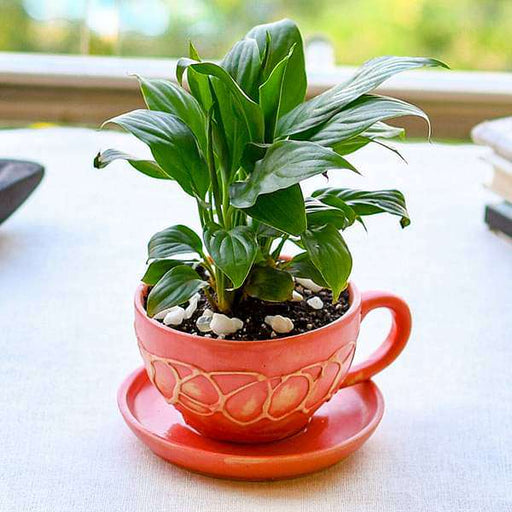 Sold out
Sold out
Adorable Peace Lily in Ceramic Cup Pot Brighten up any space with our Adorable Peace Lily in a charming ceramic cup pot. This elegant plan...
View full details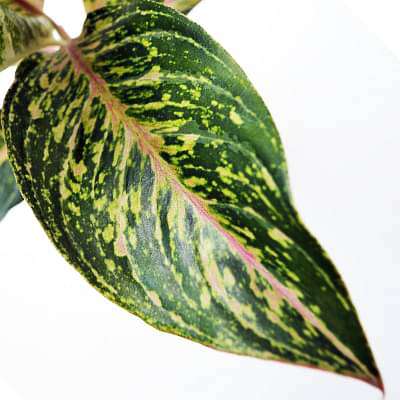
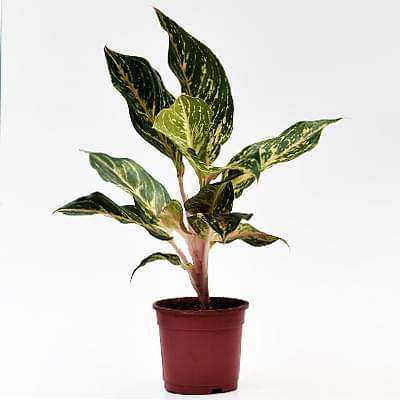 Save 14%
Save 14%
Aglaonema Butterfly - Plant The Aglaonema Butterfly, also known as Chinese Evergreen, is a stunning houseplant that captivates with its vi...
View full details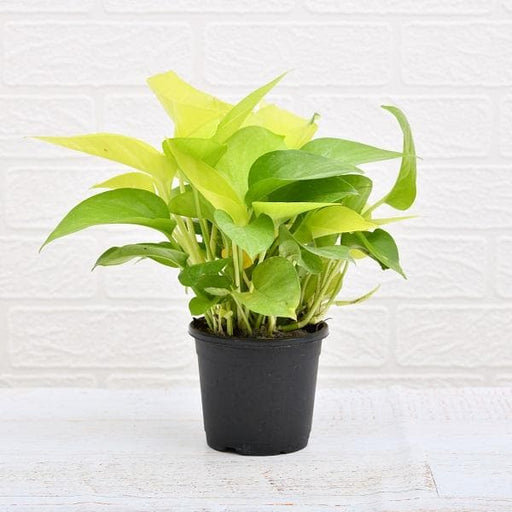 Save 29%
Save 29%
Air Purifier Money Plant with Pot The Air Purifier Money Plant, also known as Pothos or Epipremnum aureum, is a stunning indoor plant that...
View full details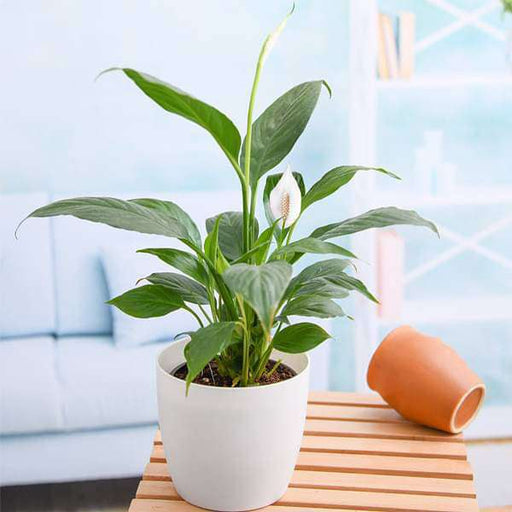
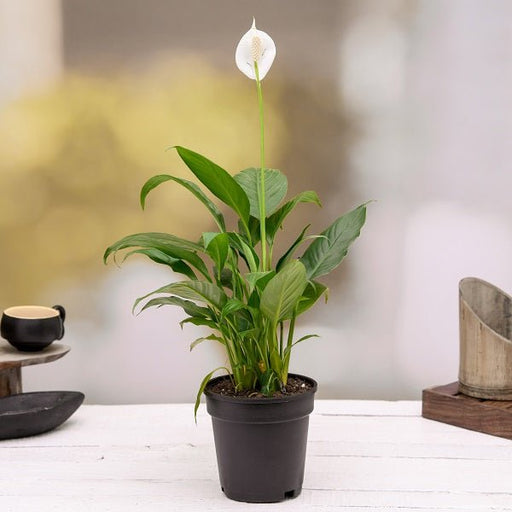 Save up to 15%
Save up to 15%
Peace Lily, Spathiphyllum - Plant The Peace Lily, scientifically known as Spathiphyllum, is a stunning houseplant celebrated for its elegant white...
View full details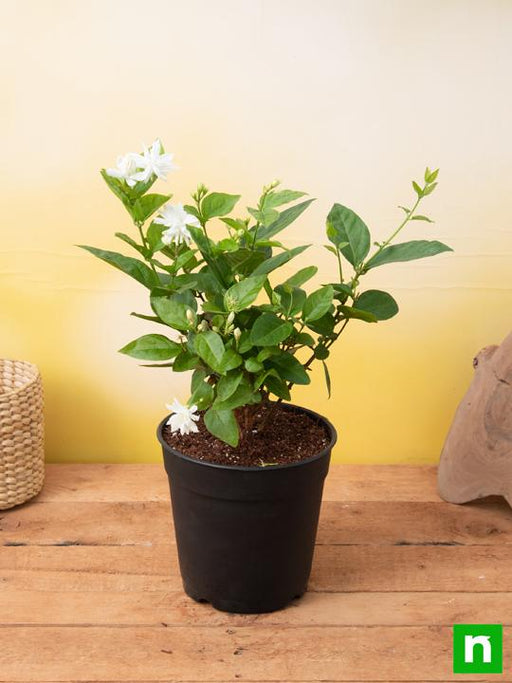
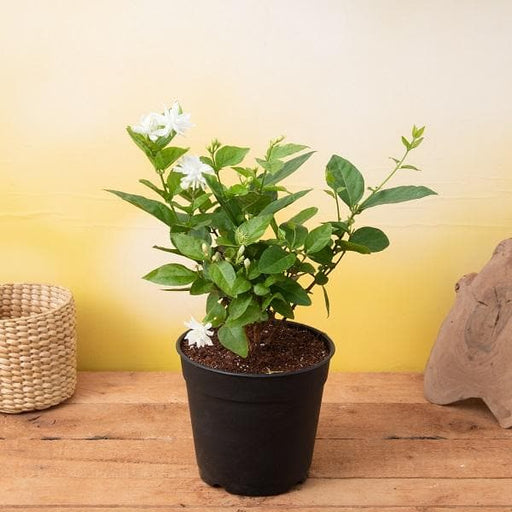 Save 25%
Save 25%
Jasminum sambac, Mogra, Arabian Jasmine - Plant Jasminum sambac, commonly known as Mogra or Arabian Jasmine, is a fragrant flowering plant...
View full details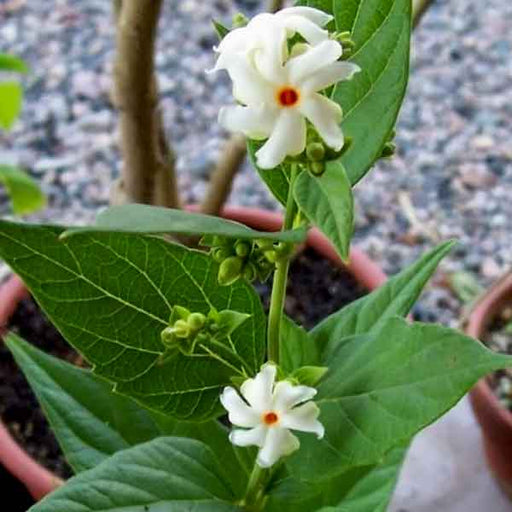
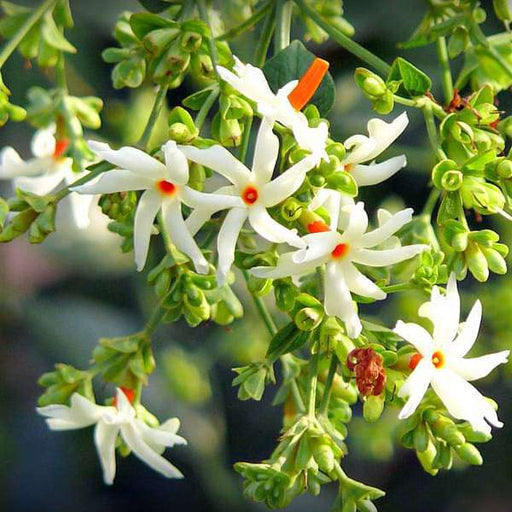 Save 18%
Save 18%
Combo Constituents Includes the Parijat Tree (Night-Flowering Jasmine), a culturally significant plant with fragrant flowers. Description The Pari...
View full details
 Save up to 15%
Save up to 15%
Peace Lily, Spathiphyllum - Plant The Peace Lily, scientifically known as Spathiphyllum, is a stunning houseplant celebrated for its elegant white...
View full details
 Save 18%
Save 18%
Combo Constituents Includes the Parijat Tree (Night-Flowering Jasmine), a culturally significant plant with fragrant flowers. Description The Pari...
View full details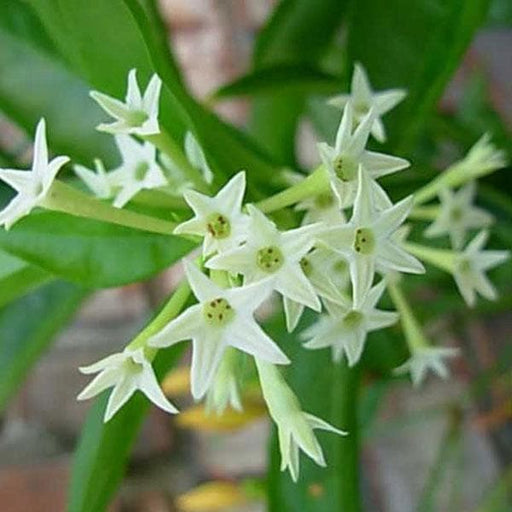
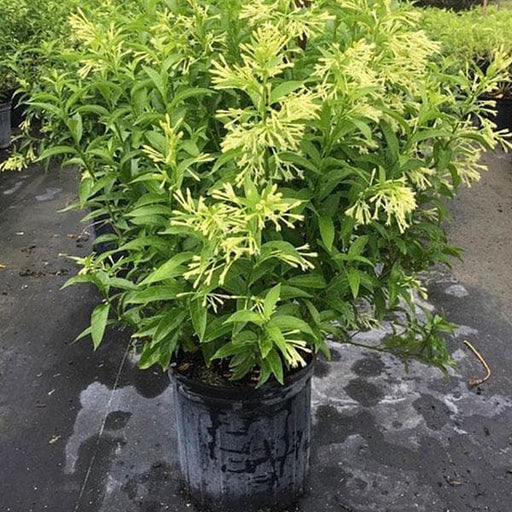 Save 25%
Save 25%
Description Raat Ki Rani (*Cestrum nocturnum*), also known as Night Blooming Jasmine, is a fragrant shrub native to the Caribbean and Central Ameri...
View full details
 Save 25%
Save 25%
Jasminum sambac, Mogra, Arabian Jasmine - Plant Jasminum sambac, commonly known as Mogra or Arabian Jasmine, is a fragrant flowering plant...
View full details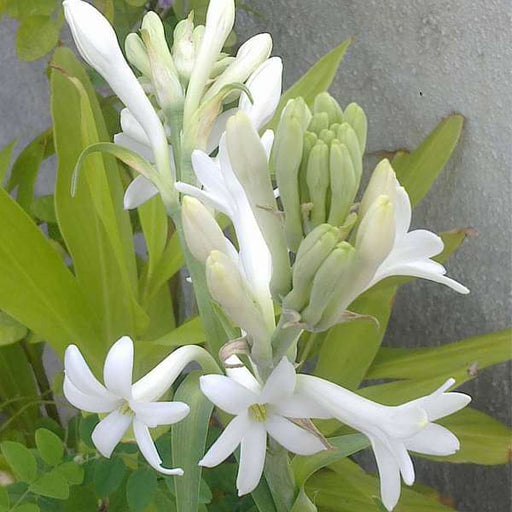
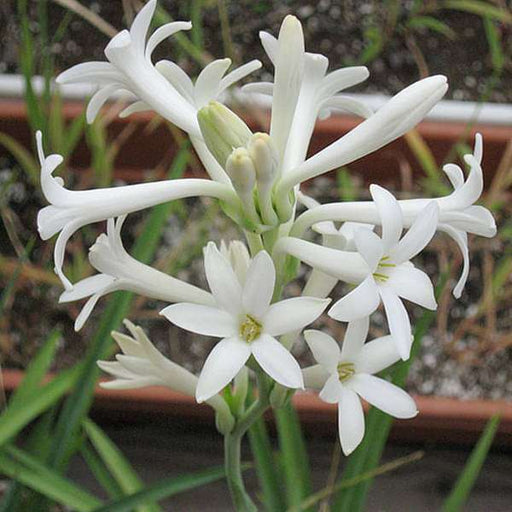 Save 17%
Save 17%
Rajnigandha, Tuberose - Plant The Rajnigandha, scientifically known as Polianthes tuberosa, is a captivating perennial plant renowned for ...
View full details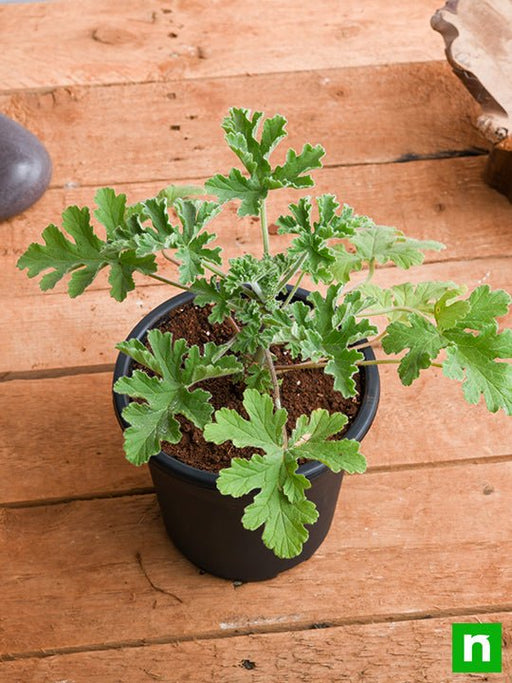
 Sold out
Sold out
Citronella, Odomas - Plant The Citronella plant, scientifically known as Cymbopogon nardus, is a tropical grass renowned for its aromatic ...
View full details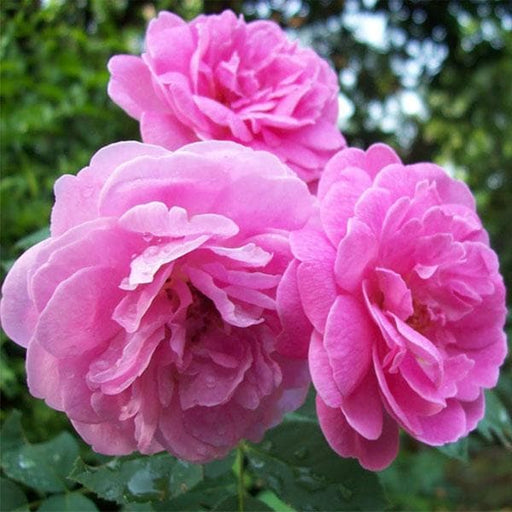 Save 25%
Save 25%
Damascus Rose, Scented Rose (Any Color) - Plant The Damascus Rose, also known as Rosa damascena, is a timeless symbol of beauty and romanc...
View full details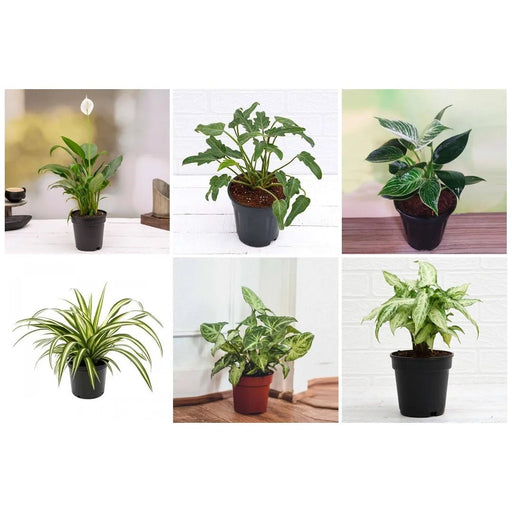
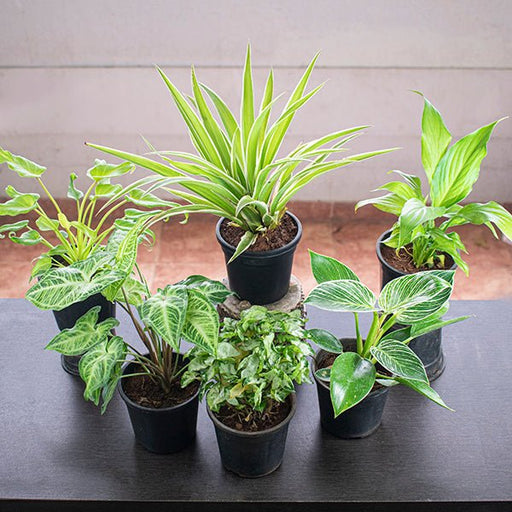 Save 35%
Save 35%
Best 6 Plants for Perfect Indoor Garden Transform your living space into a lush oasis with our curated collection of the Best 6 Plants for a...
View full details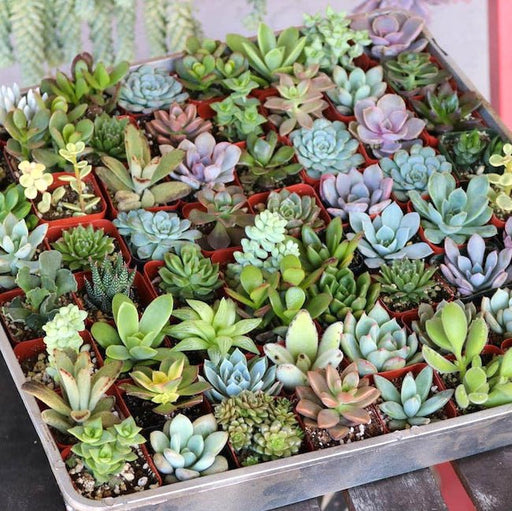
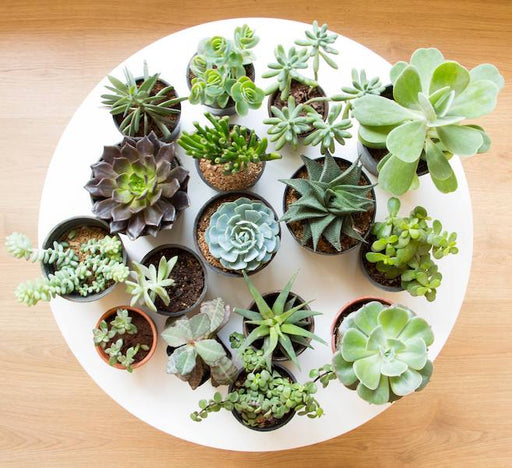 Save up to 50%
Save up to 50%
Mini Succulent Garden Pack Transform your space with our Mini Succulent Garden Pack, featuring a delightful collection of 4 any variety beautiful s...
View full details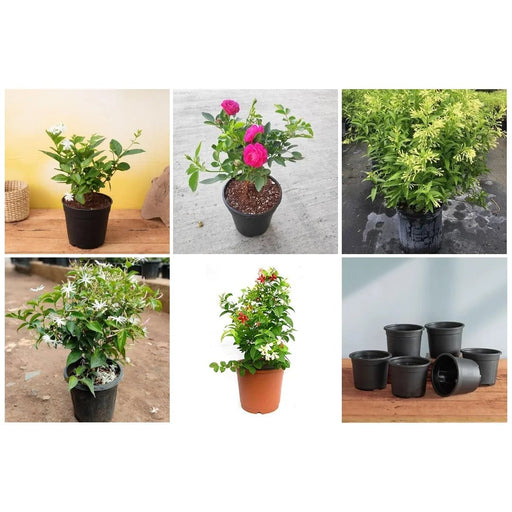
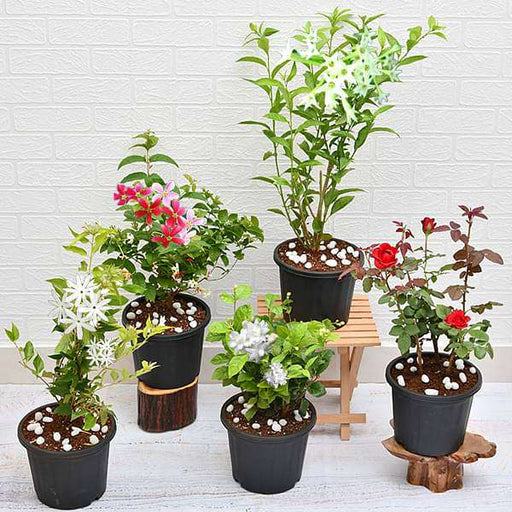 Save 30%
Save 30%
5 Best Fragrant Plants Transform your garden or indoor space into a fragrant paradise with our curated selection of the 5 Best Fragrant Plants. Th...
View full details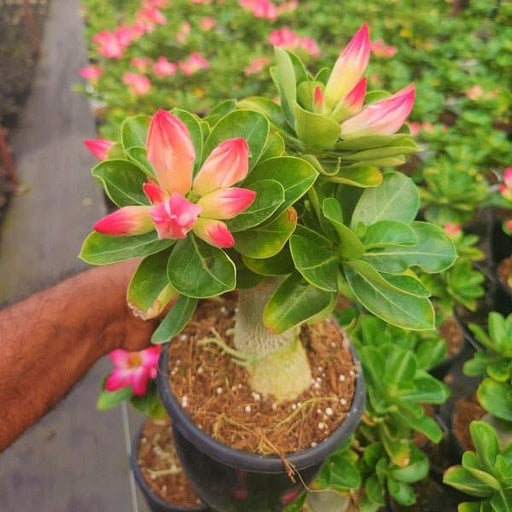
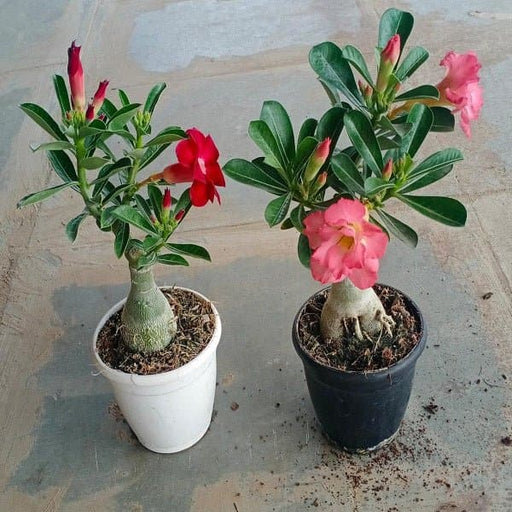 Save 24%
Save 24%
Set of 2 Bonsai Looking Grafted Adeniums Transform your indoor or outdoor space with our exquisite Set of 2 Bonsai Looking Grafted Adenium...
View full details Save 45%
Save 45%
Top 4 Die Hard Succulents Pack Transform your indoor or outdoor space with our Top 4 Die Hard Succulents Pack, featuring a curated selecti...
View full details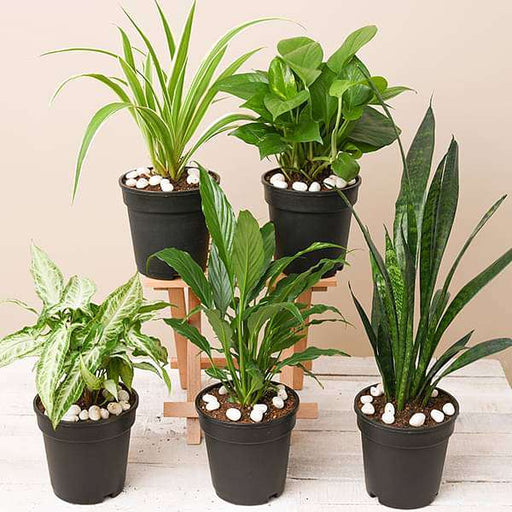
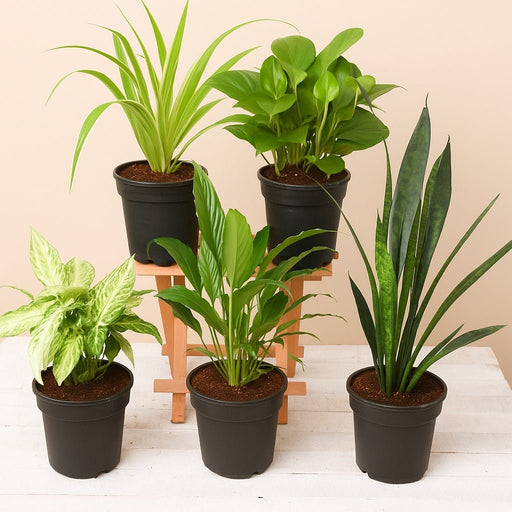 Save 30%
Save 30%
5 Best Indoor Plants Pack Transform your living space into a lush oasis with our '5 Best Indoor Plants Pack.' This carefully curated collection fe...
View full details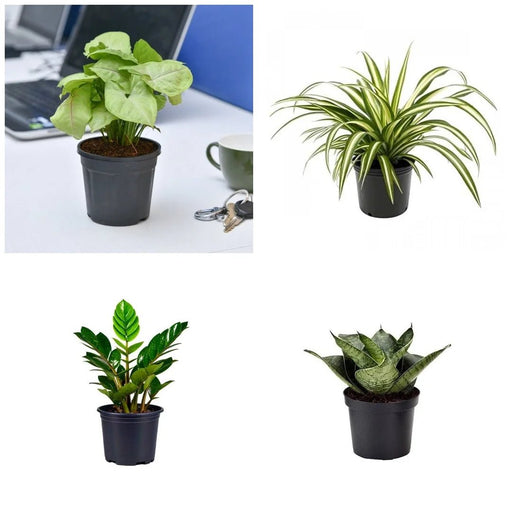
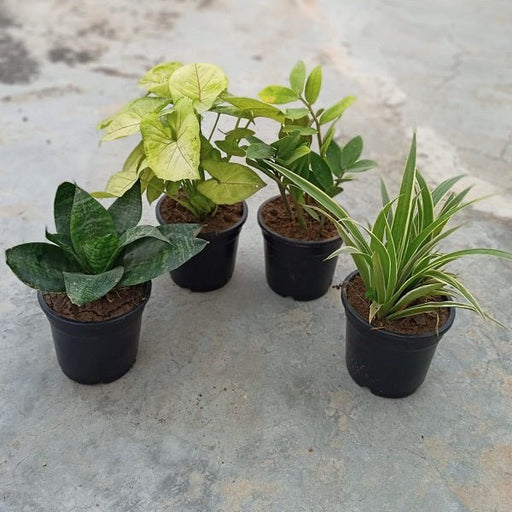 Save 25%
Save 25%
Set of 4 Evergreen Air Purifier Plant Pack Transform your indoor space into a lush, green oasis with our Set of 4 Evergreen Air Purifier Pla...
View full details
Comments
Leave a comment